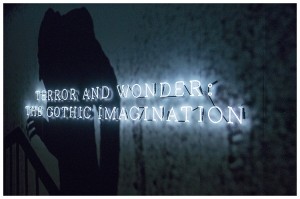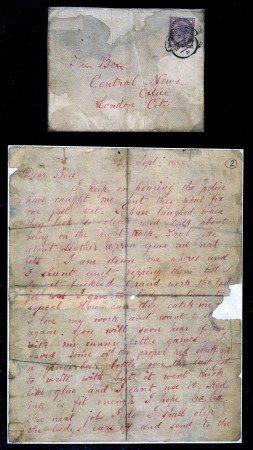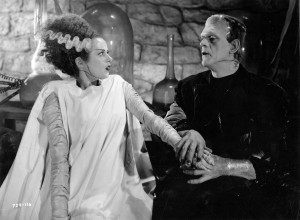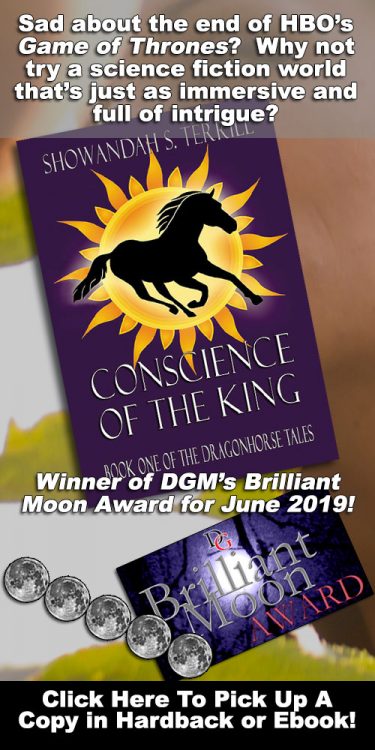Opening in October and concluding this past month, at the British Library of London–one of the most important libraries in the world–the exhibition Terror and Wonder: The Gothic Imagination opened the world’s eyes to the impact of Gothic writers. The exhibit was dedicated to the birth and evolution of the Gothic genre over the last 250 years, starting from the literary field, of which the British writers were masters.
More than two hundred items were on display, including the first editions of novels such as The Castle of Otranto by Horace Walpole, Dracula by Bram Stoker and Frankenstein by Mary Shelley.
Among the different themes deepened we can find figures dear to the gothic genre as the vampire, witches, ladies in distress, abbeys and cemeteries which host many of the events narrated, but also the zombies and the attention given to the body and the identity in works as The Picture of Dorian Gray by Oscar Wilde and Dr. Jekyll and Mr. Hyde by Robert Louis Stevenson.
Ample space has also been reserved to the field of cinema, with screenings and posters taken from old and new Gothic movies, including The Innocents by Jack Clayton from the novel Turn of the Screw by Henry James, but also The Wife of Frankenstein by James Whale’s or The Lodger by Alfred Hitchcock.
Among the more curious items on display we remember a kit to kill vampires and a volume of the scene taken from the set of the film The Shining by Stanley Kubrick, containing newspaper clippings with articles on deaths in the Overloock Hotel where the story takes place. The scenes in which the protagonist Jack Torrance (Jack Nicholson) obsessively reads this book were then cut in the editing, but the volume is however framed in several scenes of the film.
Do not miss raids in Gothic architecture and in the comics, but also in the fashion world, with the creations of fashion designer Alexander McQueen on display in a special area of the exhibition, and in that of contemporary photography, with images ranging from the Gothic to the metropolitan steampunk.
The curator of the event Tim Pye said: “The Gothic is one of the most popular and influential genres and we are happy that this exhibition has worthily celebrated its history spanning 250 years.”
Mariarita Cupersito






